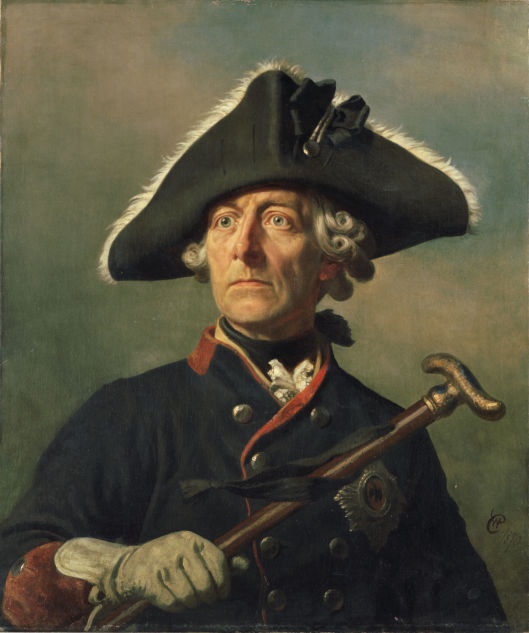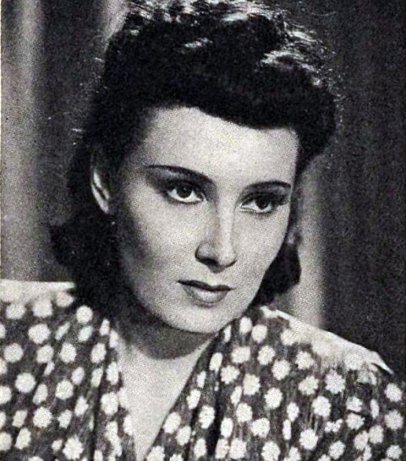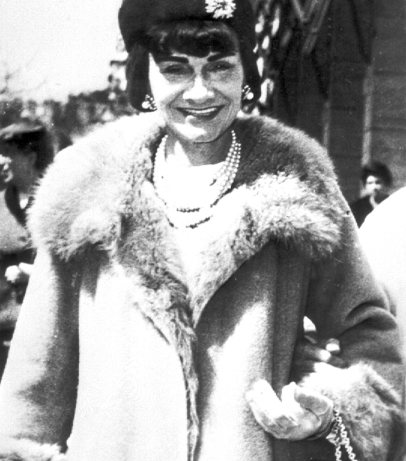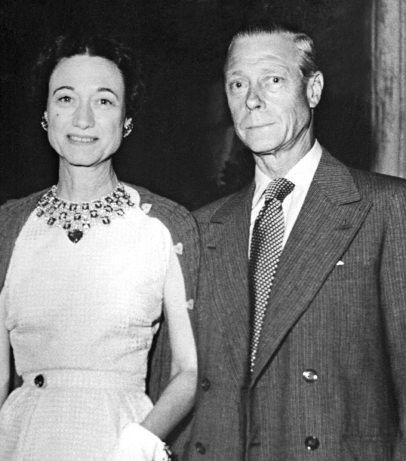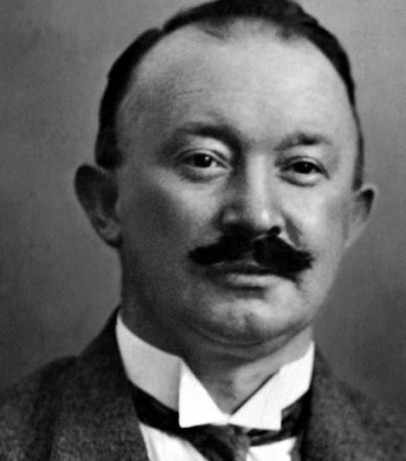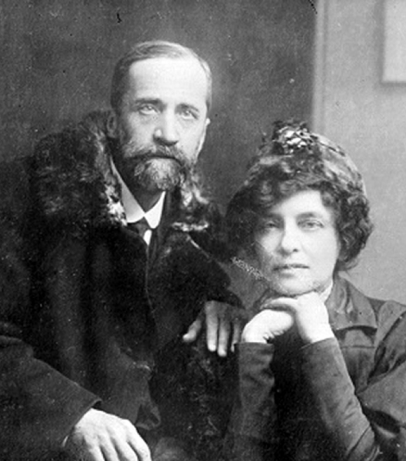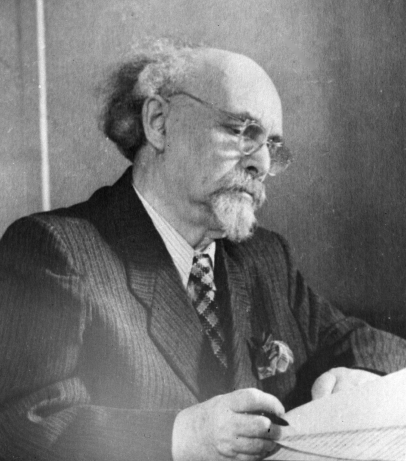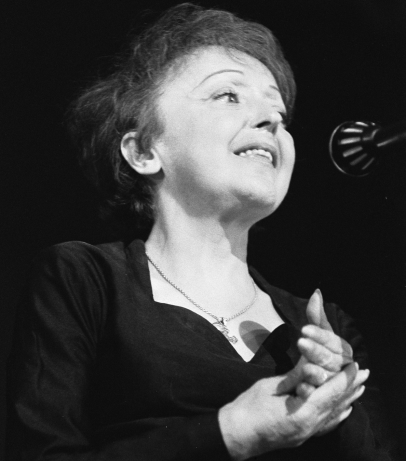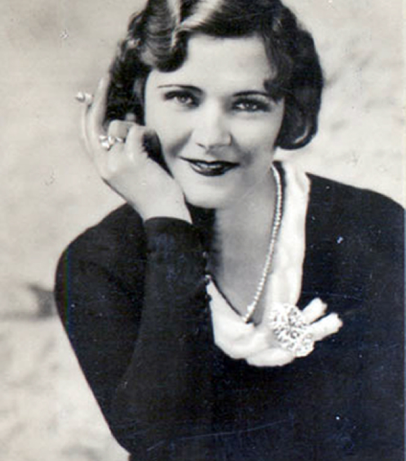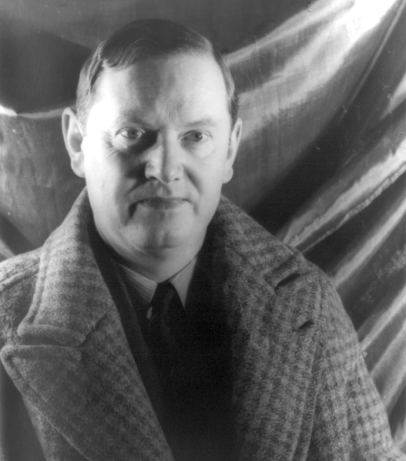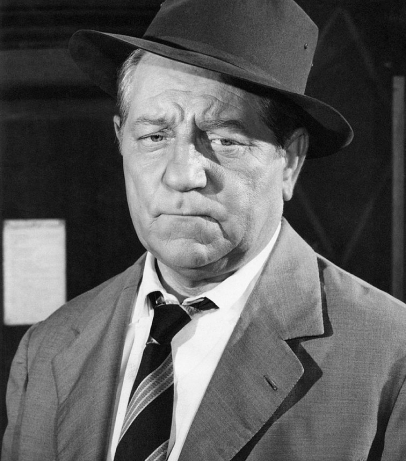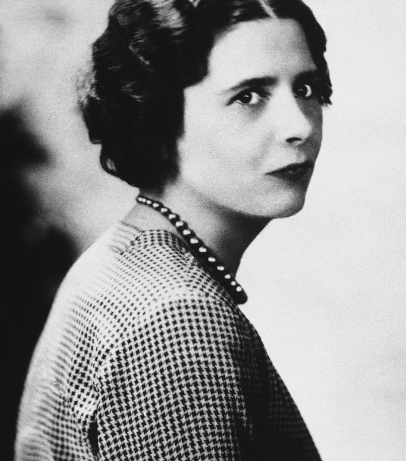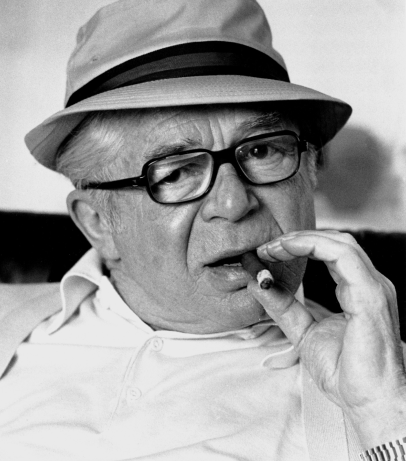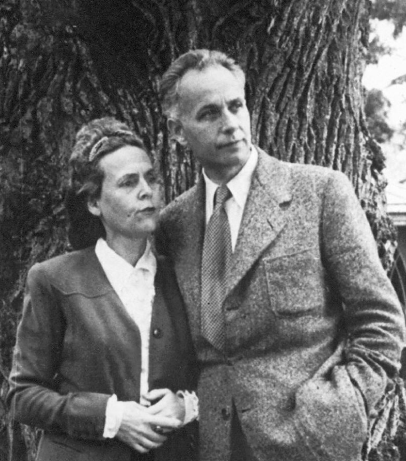On 21 August 1946, at the initiative of the American military government, the remains of King Frederick the Great of Prussia were relocated to St Elisabeth's Church (Elisabethkirche) in Marburg. Earlier, in March 1943, the coffin with the remains of "Old Fritz" was transported by Wehrmacht soldiers from the Garrison Church in Potsdam to an underground bunker near Brandenburg's Geltow Wildpark-West and then to the Bernterode salt mine in Eichsfeld, Thuringia, because of air bombings.
Frederick II (1712 - 1786), also known as "The Old Fritz" (German: Friedrich der Große, Der Alte Fritz) became one of the historical icons of National Socialism. Postage stamps bearing his image were issued even more than those with portraits of Hitler. Nazi propaganda made Frederick a symbol of the "German Renaissance". Alfred Rosenberg called him "the ideal of Nordic beauty" and "Friedrich the One", while Hitler called him "the brilliant hero from Sanssouci".
The Americans arranged for the relocation to prevent the tomb of Frederick the Great from being turned into a place of Nazi pilgrimage. Nevertheless, neo-Nazis still consider "The Old Fritz" one of their idols to this day. The king's remains were reburied two more times; he would not find his final resting place until 1991, and according to his will he would be buried at the Sanssouci Palace in Potsdam. "Quand je serai là, je serai sans souci" (When I shall be there, I shall be without care), said Frederick the Great in 1744. In 1991, “skinheads” and Nazis from all over Germany would attend the ceremony.
Potato tubers are often placed on the king's grave, due to a historical curiosity. German peasants refused to grow potatoes. Then "The Old Fritz" planted potatoes in a specially protected plot and declared them an exclusively royal vegetable, which no one except the royal family was allowed to even taste. The trick worked - interest in the new root crop increased immediately: several potatoes were even stolen from the royal plot. Since then, potato tubers have been continuously placed on the king's tombstone as a sign of gratitude.
Source:
Maxim Belsky, “The Great Unknown King”, Montreal: Accent Graphics Communication, 2013
